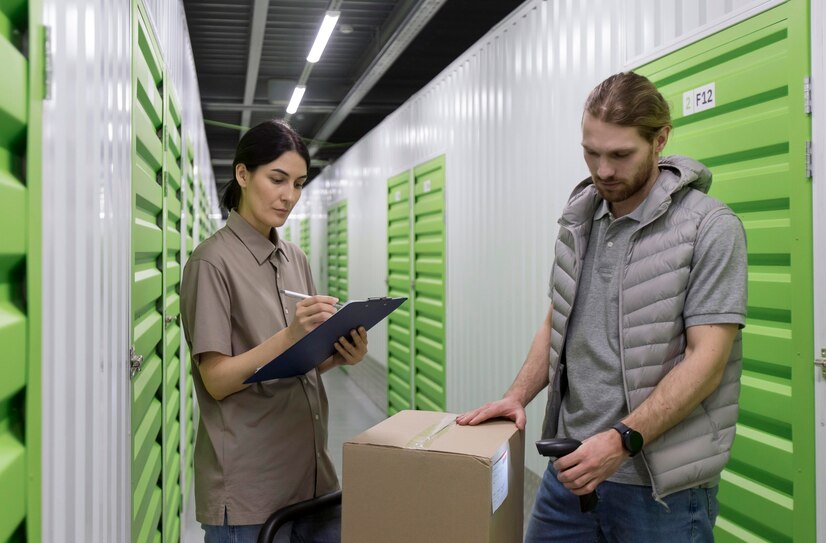Physical Address
304 North Cardinal St.
Dorchester Center, MA 02124
Physical Address
304 North Cardinal St.
Dorchester Center, MA 02124

In today’s diverse industrial landscape, packing strips have become an indispensable component for ensuring safety, functionality, and efficiency across various applications. Whether you are involved in automotive manufacturing, electrical equipment assembly, or household insulation, understanding the different types, features, and application techniques of packing strips can significantly enhance your project’s success. This comprehensive guide delves into everything you need to know about packing strip, from its basic definition to future innovations, helping you make informed choices tailored to your specific needs.
A packing strip is a flexible sealing material used extensively to prevent leakage, infiltration, or contamination in various mechanical and structural environments. Typically fabricated from rubber, foam, silicone, or plastic, these strips adapt to irregular surfaces to create airtight, watertight, and dustproof seals, thus safeguarding the integrity of the protected environment or product.
Bringing durability and reliability, a packing strip enhances the safety, efficiency, and longevity of machinery and structures. It plays a crucial role by:
Given these benefits, packing strips are fundamental in sectors like automotive, electrical engineering, and household construction, making them vital for maintaining operational standards.
In automotive manufacturing, packing strips are utilized for sealing doors, windows, and engine components, effectively preventing the ingress of moisture, dust, and noise. They also contribute to the overall aerodynamics and safety of vehicles.
Electrical cabinets and enclosures rely heavily on packing strips to ensure protective sealing against environmental exposure, thereby maintaining the functionality of sensitive electronic components.
Heavy machinery employs packing strips to prevent water and dust ingress, extend equipment lifespan, and dampen vibrations, especially in industrial settings.
In packaging, foam-based packing strips provide cushioning and shock absorption during transit, protecting fragile goods.
Known for excellent resilience and sealing properties, rubber strips withstand extreme temperatures and chemicals, making them suitable for demanding environments. Examples include EPDM and silicone rubbers.
Lightweight and compressible, foam packing strips are ideal for cushioning and sealing irregular surfaces with ease of installation.
Offering outstanding temperature resistance and chemical stability, silicone strips perform well in high-temperature applications.
Cost-effective and versatile, plastic strips are suitable for less demanding sealing tasks, such as household use or light industrial applications.
The most common form, suitable for standard sealing gaps and edges.
Designed for enhanced flexibility and compression, ideal for uneven surfaces or thicker gaps.
Designed to improve grip and sealing capacity, especially in high-pressure environments.
Manufactured to meet specific design requirements for specialized applications.
These are designed to be compressed during installation, providing a tight seal even under movement or pressure changes.
Used in applications where a fixed, non-deforming seal suffices, such as in static environments.
Equipped with adhesive backing for quick installation, reducing assembly time and ensuring a secure fit.
High-quality packing strips resist weather elements, UV exposure, and chemicals, ensuring longevity. Their resilience to compression sets ensures they maintain sealing performance over time.
Flexibility enables packing strips to conform to diverse surface geometries, facilitating effortless installation and effective sealing even with uneven surfaces.
A well-chosen packing strip effectively prevents leakage, reducing maintenance costs, and improving safety standards. Many strips also offer thermal insulation, contributing to energy savings.
Depending on the material, packing strips can withstand high temperatures, oils, acids, or solvents, broadening their application spectrum.
Select a packing strip suitable for the specific environmental conditions, including temperature ranges and chemical exposure. For instance, silicone strips excel in high-heat environments, while rubber strips are excellent for chemical resistance.
Evaluate flexibility, compression set, and chemical resistance to ensure the selected strip performs reliably over time.
Measuring the gap accurately is crucial for selecting the correct packing strip. Custom sizes are often available from manufacturers for perfect fitment.
Consider self-adhesive options for quick installation or evaluate bonding techniques for permanent sealing solutions.
| Challenge | Solution |
|---|---|
| Compression set leading to seal failure | Use high-resilience, compression-resistant materials specifically designed for such conditions. |
| Material degradation over time due to environmental factors | Select chemically resistant and UV-stable materials like silicone or EPDM rubber. |
| Size and fit issues causing leaks |
Understanding the different aspects of packing strips helps in selecting the right type for your application, ensuring durability, safety, and cost-effectiveness. Always assess the operational environment, material requirements, and installation methods to achieve the best results. With ongoing advancements, future packing strip technologies promise even greater performance and sustainability.